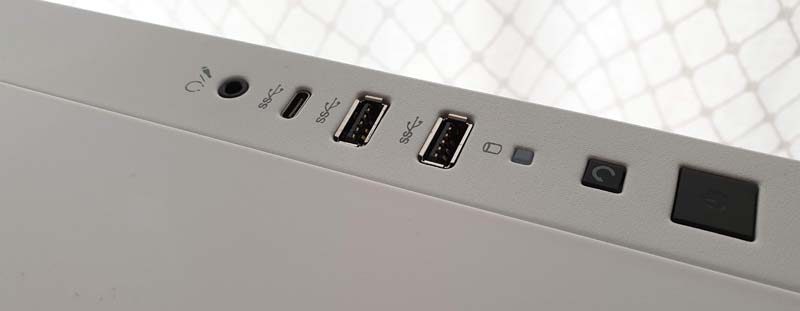Corsair Carbide Series 678C Low-Noise Chassis Review
Peter Donnell / 6 years ago
Exterior
The 678C may be setup for quiet performance, but that doesn’t mean it has to be boring. Down the left side, you’ll find a large tempered glass window, allowing you to show off your new build. It’s not super-thick glass or anything. However, tempered glass has proven to be a fairly resistant noise suppressor in the past; especially compared to the old Perspex windows.
Either way, having that fantastic view of the interior is welcome. I love seeing and showing off my builds anyway. Of course, if you want a less showy chassis, there’s plenty out there for that too.
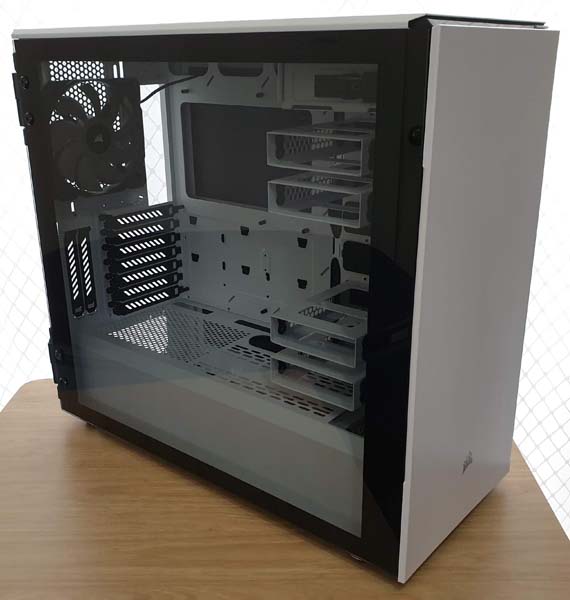
On the right side, things take a more toned down approach. It’s just a solid panel keeping things covered. I should say, it’s quite a heavy panel too. Of course, with a thick layer of noise dampening material on the other side, that’s hardly surprising.
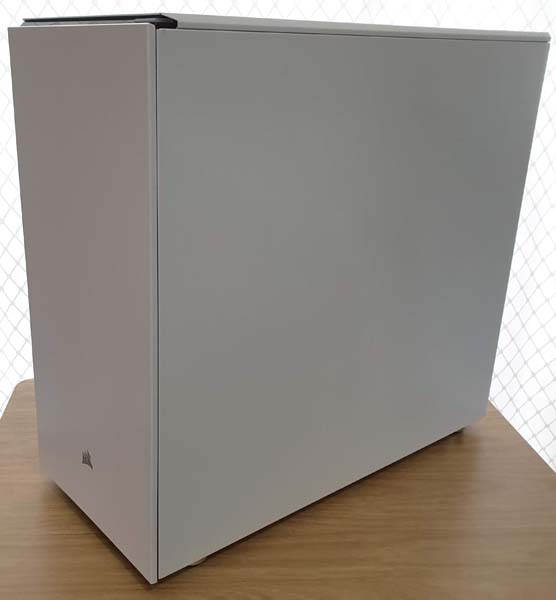
Textured Front Panel
The front panel features a gorgeous textured finish, and well, that’s about it. This is as neat and tidy as front panels can look, and I love it for that. If you’re worried about airflow, it comes in from the bottom of the panel. Having indirect airflow drastically reduces noise too. Of course, there’s more noise dampening material on the back of this panel two, giving it a double attack on noise.
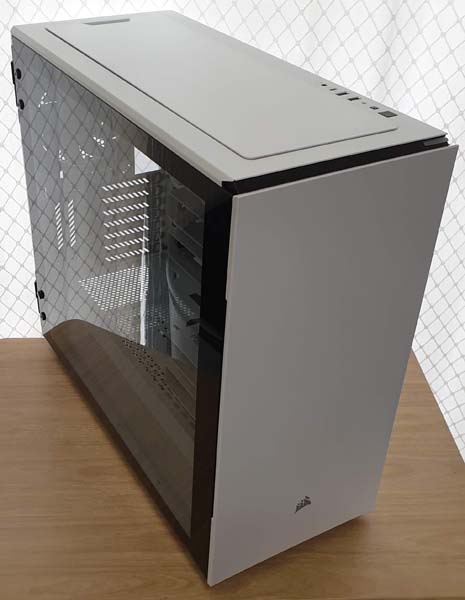
Around the back, everything is right where you would expect it to be. There’s a pre-installed exhaust fan. However, the cooling bracket supports both 120/140mm fittings, and is height adjustable; handy for AIO cooler installations.
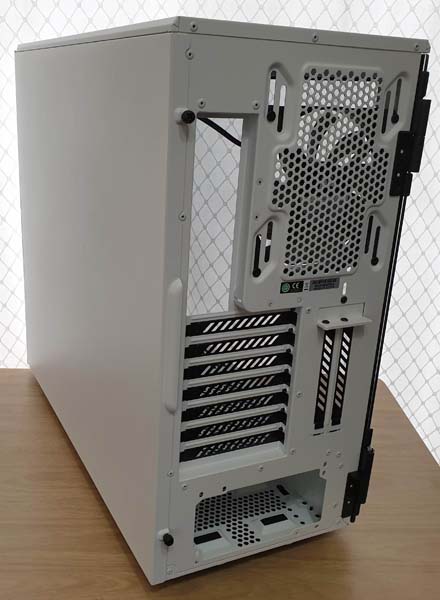
Removable Top Panel
The top panel is closed up pretty tight also, matching the look of the clean front panel. Of course, it can be opened up, but at a cost. Closed up, it’s fairly soundproof and clean look.
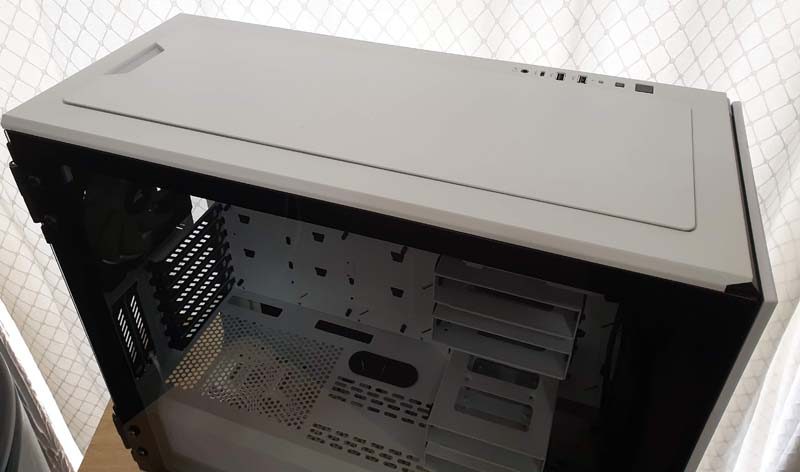
Of course, if you want top-mounted cooling, you’ll have to pop the roof off to let the airflow through. Perhaps you can close it up in winter, but open it up on hot days to let your system breath; best of both worlds.
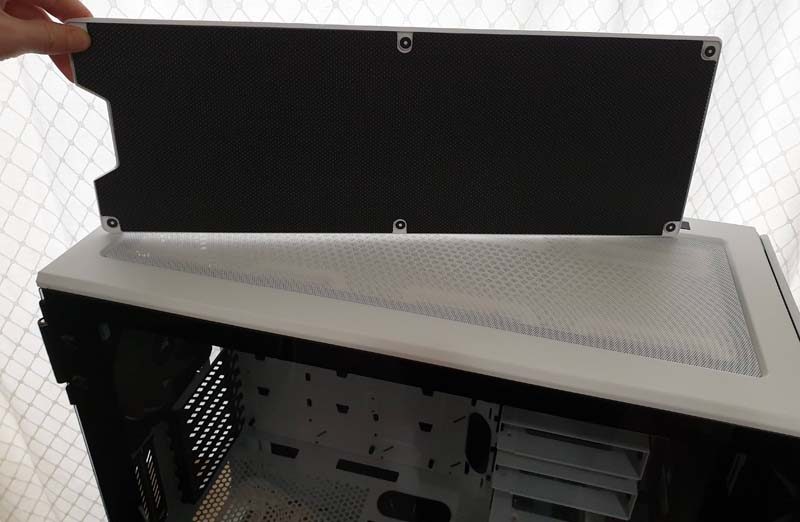
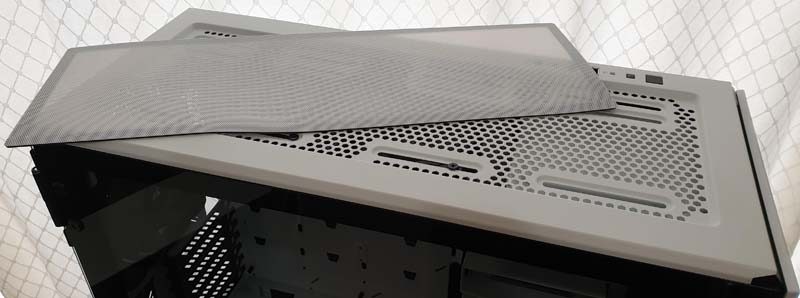
Finally, the front I/O is also located on the top panel. It’s pretty straight forward stuff. However, I like that the USB ports are blacked out, keeping with the monotone theme.
